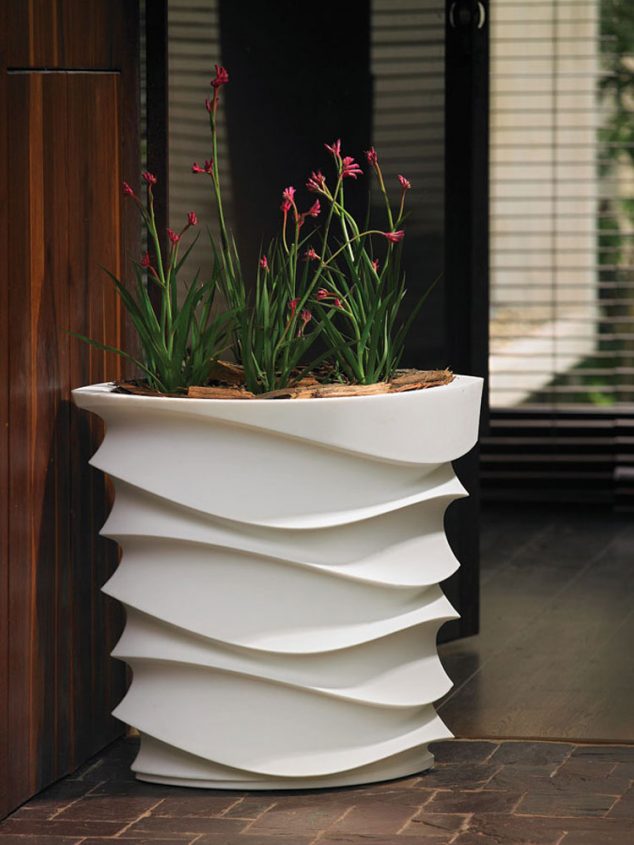

It’s better to have 50 good posts on your site than 200 outdated posts that no one is interested in. This should give you enough information to shortlist the ones that aren’t working anymore and remove them. You can start with making a quick inventory of all the content you have on your website and add a column for monthly traffic. If you’ve had your website up for a few years, chances are that you’ve got some old posts that are outdated now - either in terms of their content or the traffic that they are bringing you. In the next section, I’ll link you to some WordPress plugins that allow you to do automated cleanup, but depending on the thing you want to clean up and the amount of content on your website, you may just decide to do some of these steps manually as well, while others would just be better handled by a plugin. You can choose any solution based on your comfort level with handling FTP transfers and appetite for figuring things out on your own, but the point is to make sure your data is secure in any way that works before you move on to the next step. Use a SaaS service such as VaultPress by Automattic.Do it using plugins such as Backup or Updraft.Do it manually using the instructions at WordPress Codex.There are least three ways you can do this: I’m guessing if you’re considering cleaning your WordPress installation, you probably have a lot of posts and files in the system - wouldn’t it be terrible if you lost them all? This is why the first thing you need to perform a backup of files and database. Here’s how you can refresh your system and make life easier for your content management system, reducing server load and possibly increasing page load times in the process. Your site will still work, obviously, but it is bogged down by the deadweight of extra files. If UpdraftPlus is active on the site, the option to take an automatic backup before images are removed will be displayed in the tab.As such, redundancy can and does creep into the system once you’ve changed a few themes, installed and deleted multiple plugins, and uploaded hundreds of media files. WP-Optimize integrates with our backup plugin, UpdraftPlus. We recommend taking a backup of the site before performing any optimisation with WP-Optimize Premium. These images will now be sent back to your image library. Here you can restore any trashed images you want to keep by highlighting them and pressing the “Restore the selection” button. You can view and restore these images by pressing the “view trash” button.

If you are not sure if you might still need the image, you can send it to trash, instead of deleting it permanently. Restoring images that were moved to trash Select any image size (from either section) that you wish to remove, and press ‘Remove selected sizes’. The ‘Unused image sizes’ section shows any image sizes that are currently not used by any images on the site. In this case, the Media Library record will only be deleted if all copies of an image have been removed. Deleting a registered image size will remove all images of that size from the uploads folder, including any that are in use. This includes sizes for images that are in use. The ‘Unused image sizes’ section shows a list of all image sizes that are present on the site. This tool shows both all registered image sizes, and image sizes that are currently not in use. You can also choose to remove unused images by size, but please note that removing registered image sizes is for experienced users, and care should be taken that the image size in question is not used on the site. You will receive a notification that your images have now been deleted.
#Best image cleaner wordpress plus#
WP-Optimise will then delete all copies of the selected image file plus any record in the Media Library. Once you have selected all the unused images you want to delete from your site, scroll down and either choose “Move selected images to trash” or “Delete the selection permanently”. To delete these images, either individually select the images by clicking on the images to highlight them, or press the “Select all” button to delete all unused images. You will now be presented with all the unused images that are on your site. WP-Optimize will now scan for unused image files, found both in the Media Library and the ‘wp-content/uploads’ directory, that are not attached or embedded in any posts or pages.


To scan your website for unused images, press the “Scan website for unused images” button. Open the ‘Images’ tab in the WP-Optimize Premium admin page and press the “Unused images and sizes” tab. When removing an image, both the image files and Media Library record will be deleted. This record also includes other data related to the image, such as the image tile, description or alt-text. A record of the image is then stored in the database, in the Media Library.The image files are stored on the server, typically in the ‘wp-content/uploads’ directory of the site.


 0 kommentar(er)
0 kommentar(er)
